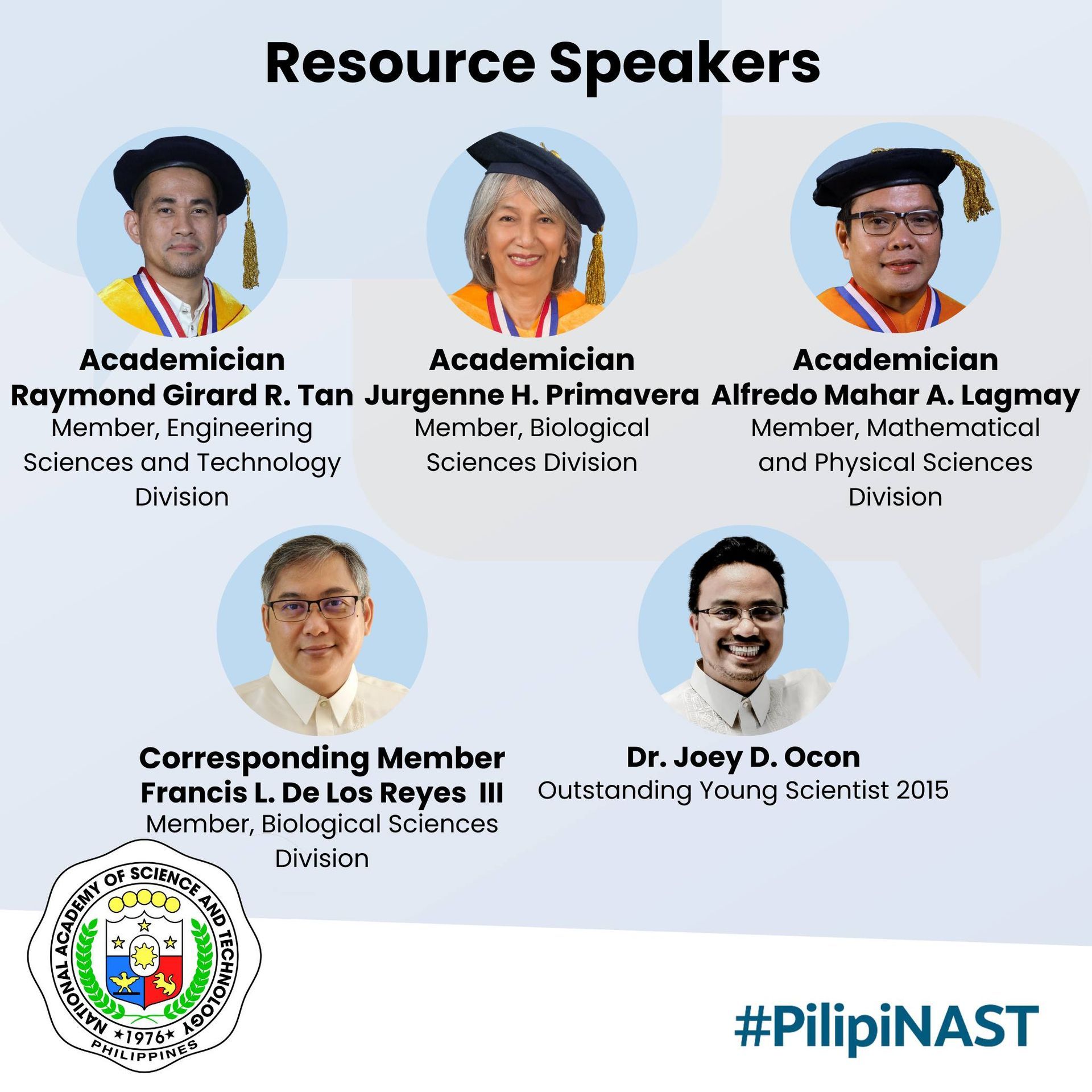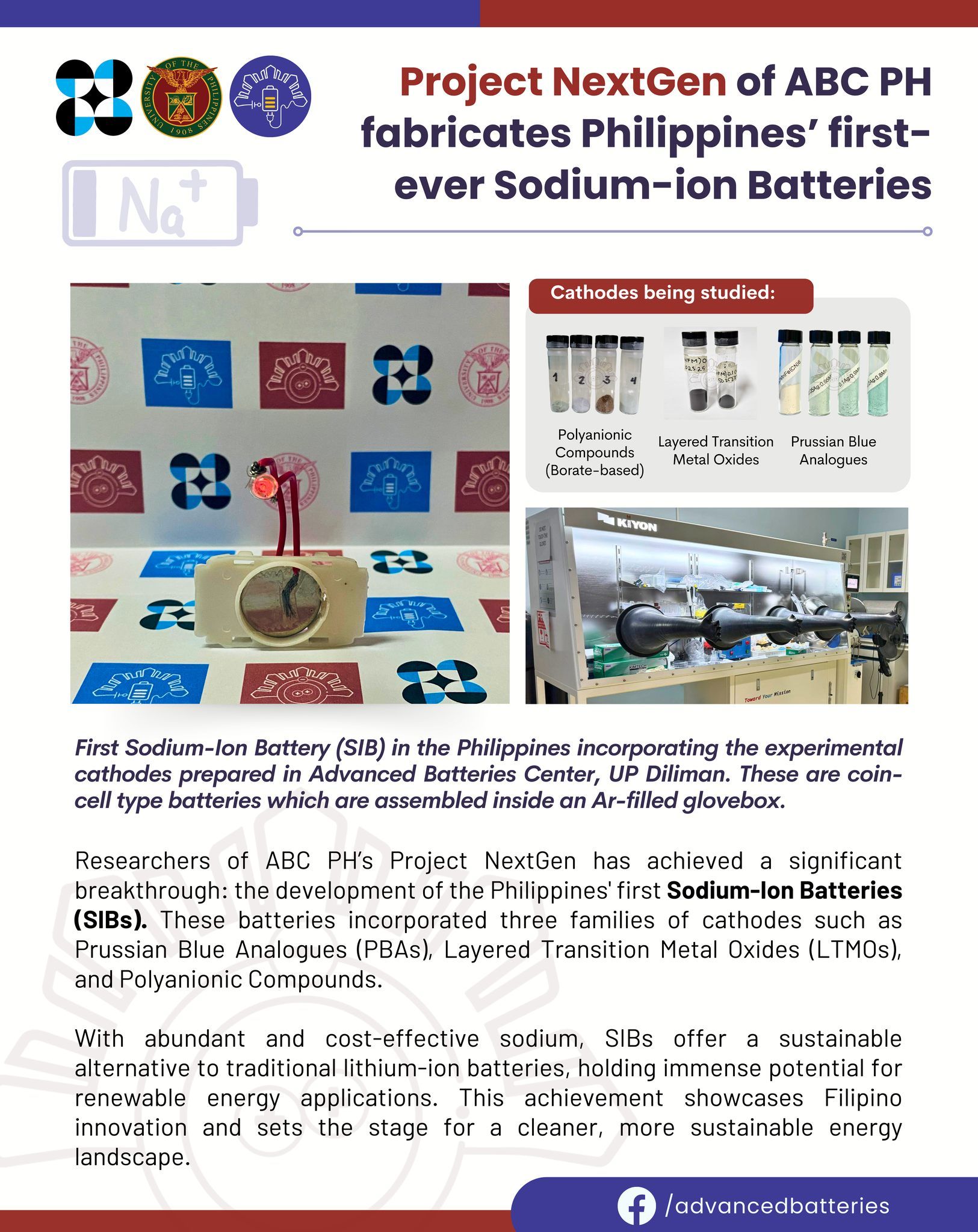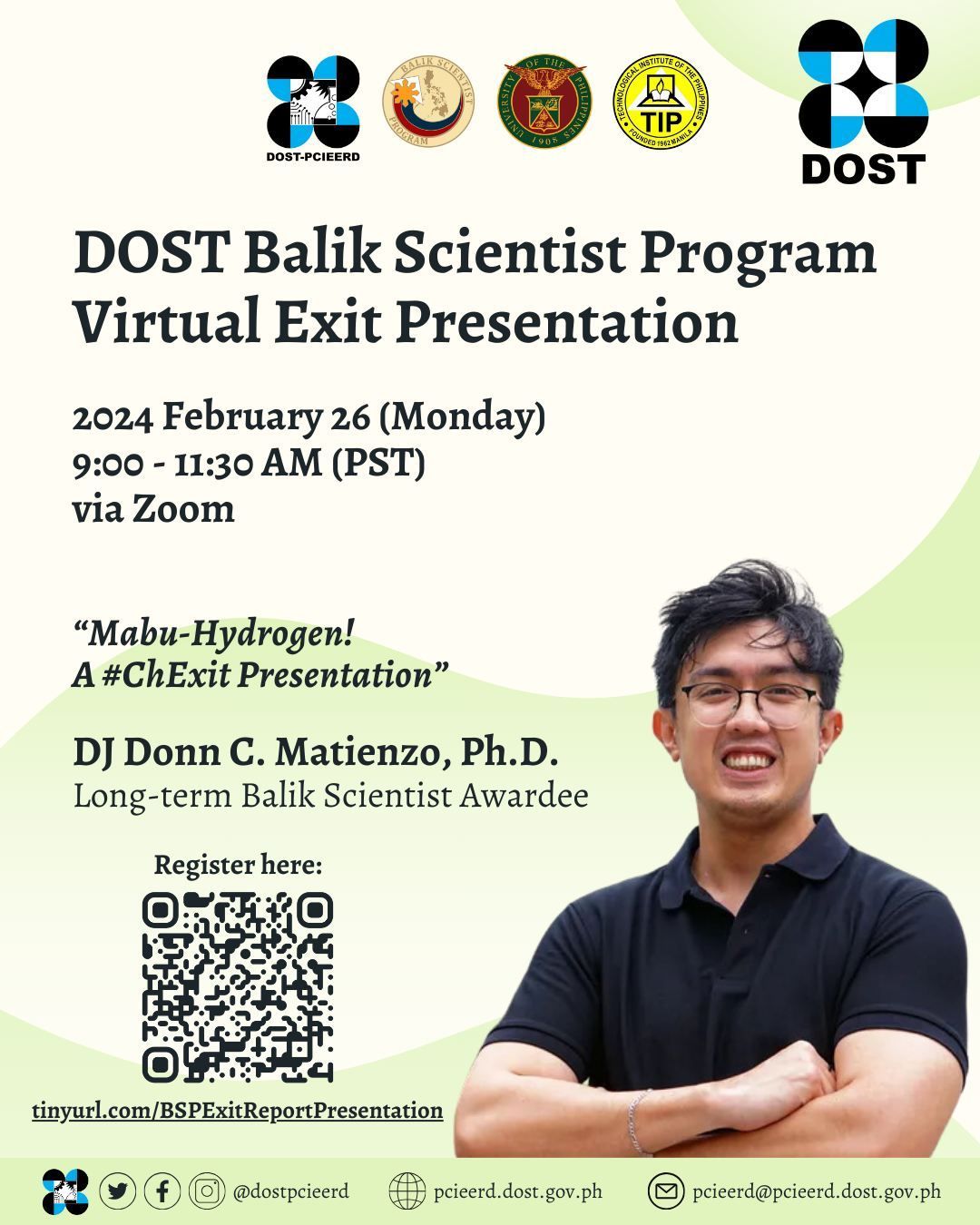LEE Publishes Six ECST Papers
LEE celebrates its debut in the Electrochemical Society with six of its presentations published at the ECS Transactions (ECST). ECST is the online database containing full-text content of proceedings from ECS meetings and ECS-sponsored meetings. ECST is a high-quality venue for authors and an excellent resource for researchers. The papers appearing in ECST are reviewed to ensure that submissions meet generally-accepted scientific standards. Each meeting is represented by a volume and each symposium by an issue. All the experimental and theoretical groups were supervised by Prof. Joey D. Ocon and Prof. Allan Abraham B. Padama, respectively.
Here’s the list of the papers:
1. CoMn 2
O 4
Anchored on N-Doped High-Dimensional Hierarchical Porous Carbon
Derived from Biomass for Bifunctional Oxygen Electrocatalysis
With the growing interest in developing bifunctional oxygen electrocatalysts for improving the performance of unitized regenerative fuel cells and rechargeable metal-air batteries, t he group of James Digol worked on CoMn 2 O 4 embedded on three-dimensional (3D) hierarchical porous carbon (HPC) derived from waste corn cobs. The catalysts were produced using a template-free approach in order to improve the electronic conductivity of carbon and formation of three-dimensional, interconnected pore network, which is favorable for CoMn 2 O 4 crystal dispersion.
2. Carbon Dioxide (CO 2 ) Electrocatalytic Recycling on Electrodeposited Nanostructured Copper-Gold Electrodes
We always hear of carbon dioxide as a major contributor to global warming. But what if we can store carbon dioxide and convert it to make useful products? In this study by the group of Karl Gandionco, electrodeposited nanostructured Cu-Au alloys were used as electrocatalysts for CO 2 reduction to efficiently produce valuable organic molecules. XRD and EDS mapping confirms the deposition of Cu and Au, while cyclic voltammetry verifies the activity of the fabricated catalysts towards CO 2 reduction.
Aside from the experimental works from LEE, there were also theoretical studies that focus on supporting the development of catalysts.
3. Exploring Novel Dopants in Graphene: Unique Properties, Group Trends, and New Insights from DFT for Electrocatalytic Applications
This paper captures the researches done within LEE through ab-initio density functional theory (DFT) calculations, and the predictions on the feasible structural configurations for these doped systems. A lkaline-earth doped graphenes and halogen doped graphenes were qualitatively found to have potential as catalysts for the oxygen reduction reaction (ORR) due to their favorable electronic and magnetic properties as indicated by previous studies.
4. A First-Principles Study on the Electronic and Structural Properties of Halogen-Substituted Graphene
In this work, Rey Geronia explores the properties of halogen-substituted graphene through density functional theory (DFT) calculations. Energetics and charge analysis calculations show that fluorine (F)- doped systems exhibit favorable properties like negative adsorption energies and consistent electron withdrawal ability. In addition, the densities of states (DOS) of systems involving secondarily bonded fluorine show Dirac cone-like structures.
5. Quantum Chemical Predictions on Alkaline-Earth Doped Graphene: A Density Functional Theory (DFT) Based Investigation for a Novel Class of Carbon-Based Two-Dimensional Nanomaterials Toward Electrochemical, Catalytic and Electronic Applications
Ace Serraon presents here alkaline-earth doped graphenes as a promising material for a wide range of applications . Through DFT, he begins with beryllium and extends his study to heavier alkaline earth dopants, where he shows that alkaline earth dopants transfer electrons to graphene and adopt a nonplanar configuration when they are doped in graphene. Magnetic properties were also predicted for most of the AE-graphenes, with Mg-, Sr- and Ba-graphenes having ferromagnetic properties and Ca-graphene having ferrimagnetic properties.
6. S-doped Graphitic Carbon Nitride as Potential Catalyst towards Oxygen Reduction Reaction
Aside from graphene, the lab also works with another class of 2D materials: graphitic carbon nitride (GCN), a polymeric material, which consists of carbon and nitrogen in different patterns. Jim Futalan worked with the tri-s-triazine-based allotrope of GCN. Through DFT calculations, he showed that substitutional doping of various nitrogen sites by sulfur resulted in modification of its geometric and electronic properties. Moreover, it was shown that depending on the location of the dopant, sulfur can either donate or withdraw electrons from its neighboring carbon atoms providing a possible means of fine-tuning the properties of GCN by introducing dopants in different sites.





